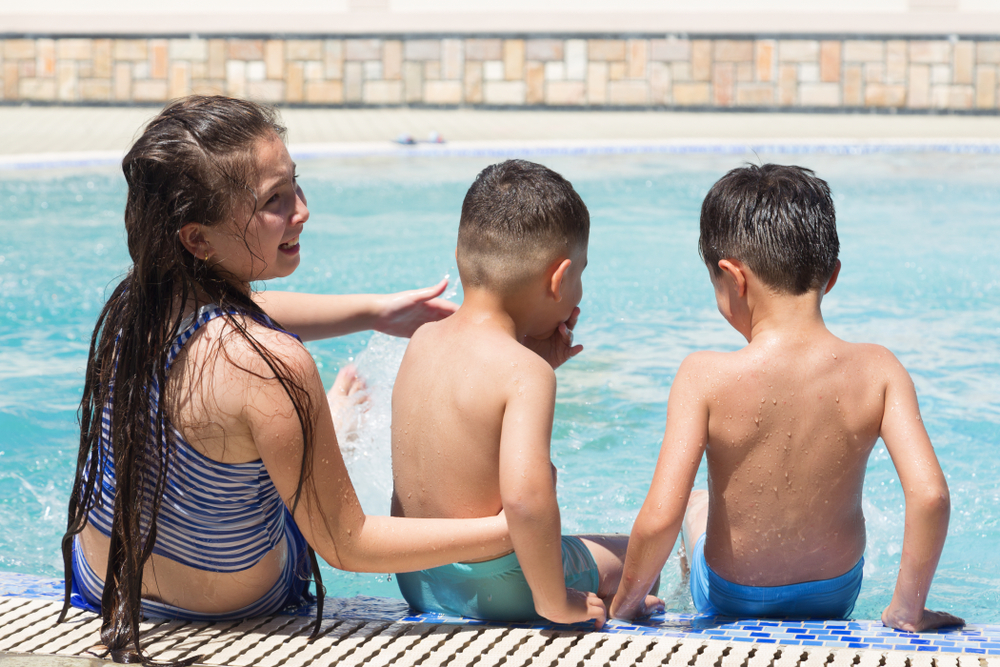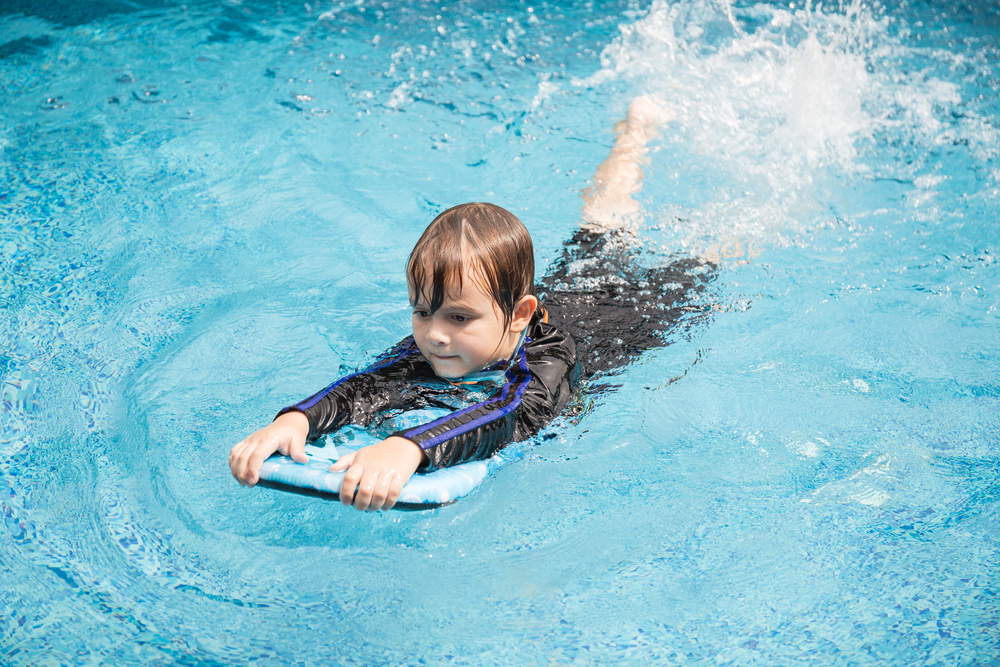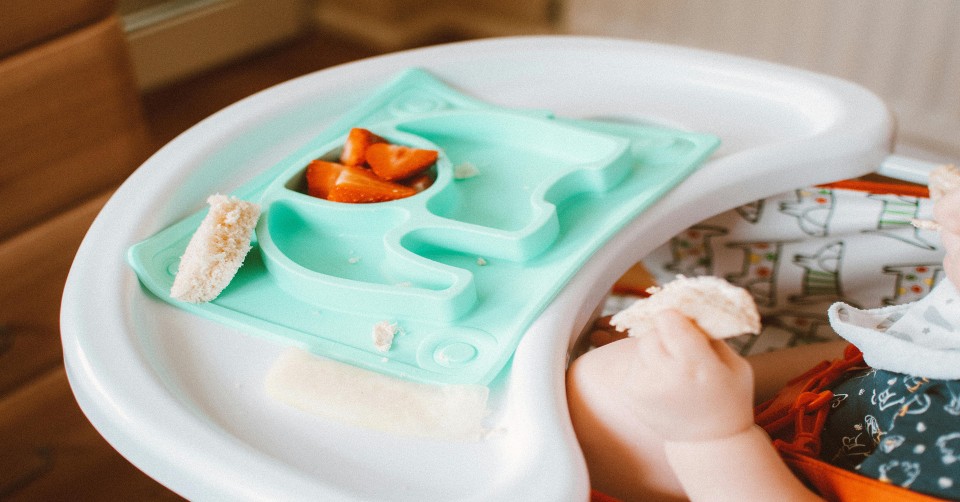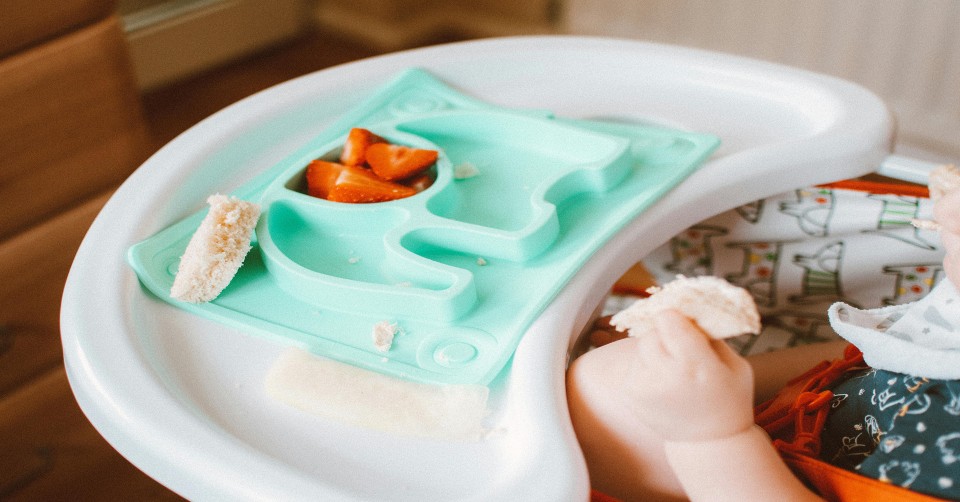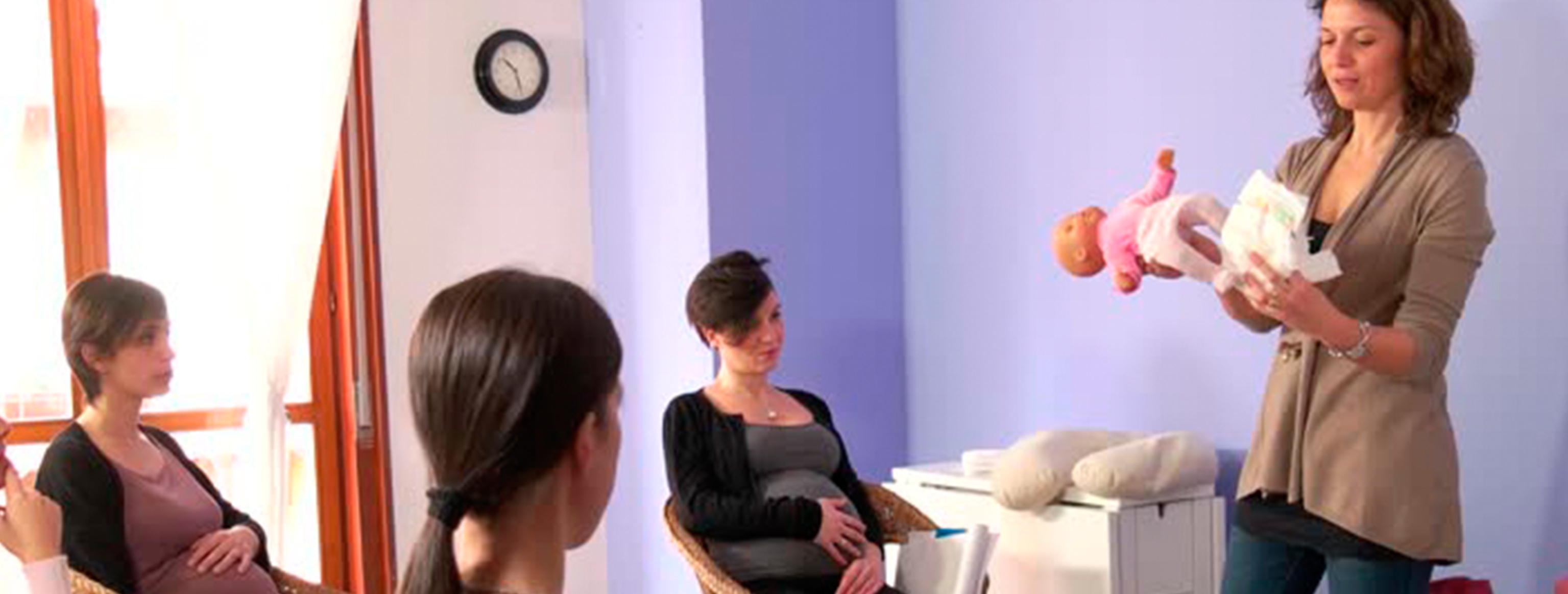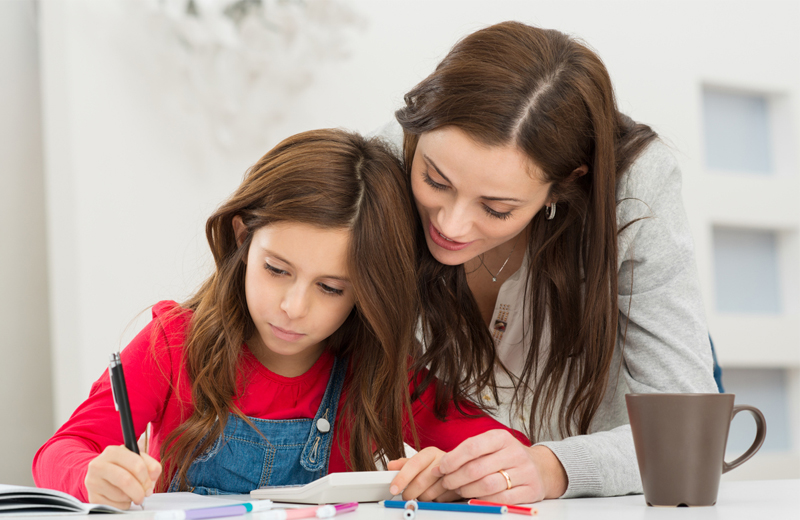Children 6-11 Years
Screen-free activities for children with special needs
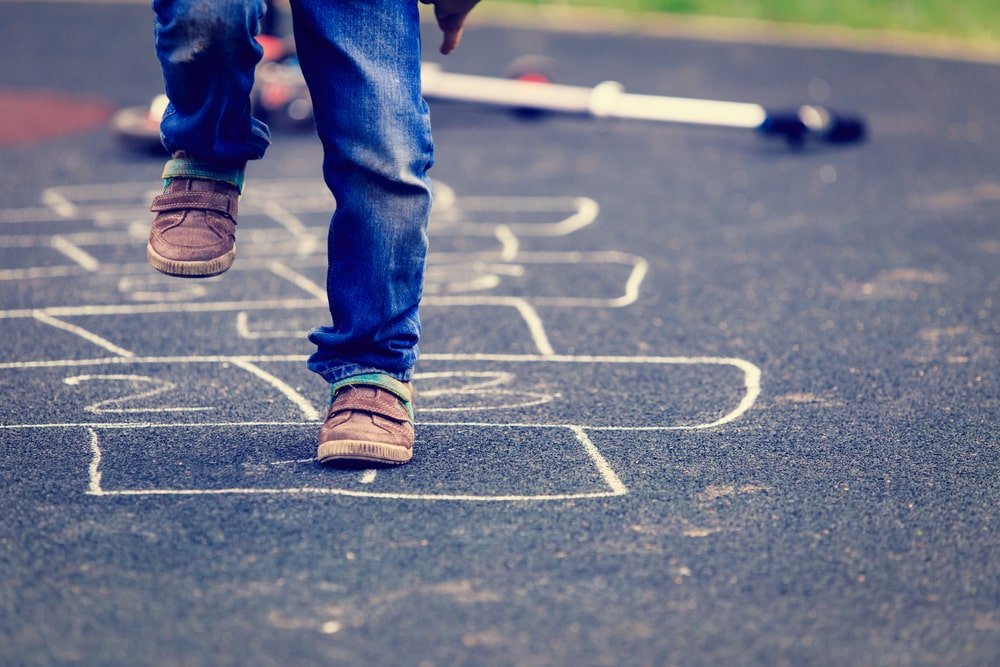
Many of us have become reliant on our devices to run our daily errands and entertainment. Our children, including our special needs children, also turn to digital entertainment whenever they have the chance. While so many screen activities are important and beneficial, they come at the expense of communicating with others, connecting, and engaging with the world around us.
To be able to successfully manage screen time for our children, we as parents need to set limits of when and how long the devices are allowed to be used. These limits need to be clear and abided by everyone, including parents, who need to set a good example in that matter.
After setting the rules and consequences, make sure to be consistent in applying them. Offer interesting alternative activities that are fun and engaging.
Otherwise, it will be an ongoing struggle of failing attempts. The more members of the family are involved, the more fun and successful the activities will be
The following are some activities that you can select from and adapt, depending on your child’s interest and ability. We hope the list will aid you in keeping your special children busy and engaged during the day.
Table-top activities
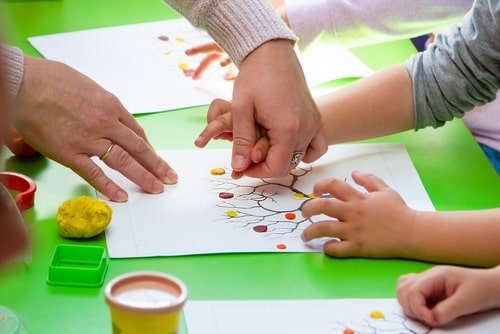
- Board games with the whole family. Such as: (Consequences, Bananagrams, Jenga, Thinkfun Roll & Play, Trouble, Zingo, UNO, Snakes & Ladders, and Bingo, Dungeons & Dragons, and Connect Four).
- Playdough, whether it is homemade or purchased, it is a great activity to keep your children engaged while developing their fine motor skills and imagination.
- Scissoring: Give your children materials to cut, with child-safe scissors, like magazines, newspapers, or cardboard.
- Coloring, painting, and drawing. Keep different kinds of art supplies available for your children with as much variation of material as possible. Give them the opportunity to experiment and be creative.
Areas of development: Social-emotional, language, fine motor skills, connection with abstract ideas, and logical thinking skills.
Movement Games
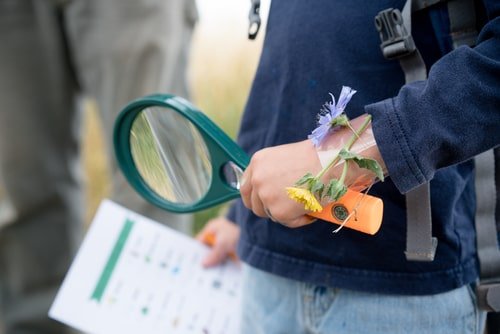
These games Will engage all members of your family and build children’s skills in a fun and quick manner:
- Go on a Scavenger Hunt: An adult or an older sibling can hide items around the house or the garden if available. Create a list and provide clues to help the players find the items. Depending on ability and age of children playing, the hiding spots are made hard or easy.
- Hopscotch Word Games: You could prepare for this game indoors or outdoors. If outdoors, you can use chalk to mark the blocks or use tape if playing indoors. Flashcards are put in the blocks for children to read or make a sentence while jumping between blocks.
- Obstacle Course: This activity is also suitable indoors or outdoors. A variety of activities like crawling, jumping over, tossing a ball, bike riding, etc., could be incorporated within the activity. Items like chairs, tables, hula hoops, pillows, bean bags could create the path.
- Practicing Yoga reduces anxiety and strengthens motor skills and self-awareness. Animal imitation could be incorporated into your yoga routine. Check the internet for simple standard poses.
- Balloon volleyball is a fun way to entertain children and provide opportunity for movement. A long piece of marking tape is used to mark off a line, which serves as a net. A blown-up balloon is then hit across the line by the players trying to keep the balloon in the air without touching the floor for as long as they can.
Areas of development: Social-emotional, language, gross motor, cognitive, literacy, and numeracy.
Sensory activities
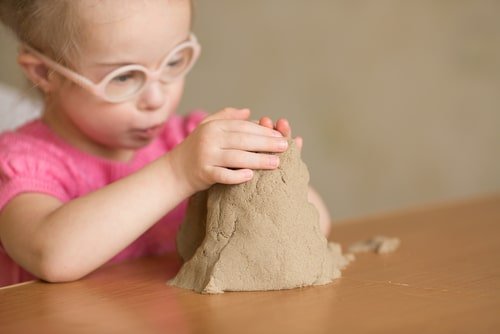
These activities are also enjoyed by all family members while providing sensory needs of some children.
- Mat Crusher: In this activity, children take turns going under the mat, and gentle pressure is applied on the mat that is on top of the child. Make sure that the person applying the pressure is observant of the child’s reaction and the amount of pressure being enforced. A blanket could replace the mat, where the child is gently wrapped with the blanket. Depending on the child’s need and response, tighter wrapping could be applied.
- Tug-of-War: Two players, two chairs, and a heavy rope or skipping rope are needed. Have each player grab the end of the rope while seated on her/his chair. The goal is to try pulling the other person off of the chair. Be sure to do a few practice tugs to ensure proper grip.
- Horse ride: Get down on your hands and knees and pretend to be a horse. Then take your child for a ride around the house, making sure the child feels safe and has a strong enough grip to hold on. Bucking movements could then be added, making the ride more enjoyable and challenging.
- Ball games: Take out the basketball, kick the football, or play catch. They can be played indoors or outdoors.
- Trampoline: great activity for all. Make sure the size of the trampoline is appropriate and safe for whoever is going to go on it.
- Shaving cream/ foam: spread the foam on a table-top or a tray. Allow the children to run their fingers through the foam, make lines, draw shapes or write words, letters & numbers.
- Water play is one of the most preferred activities for all ages. Different safe floating and sinking objects could be added to the water. Soap will give a great texture and experience as well.
- Dig in: children dig in, explore and create lots of possibilities using sand, dirt, dried beans, paint, rocks, pebbles, shells, or sensory bin. They could dig with their hands, a shovel, or a spoon.
- Living Room Campout: Create a play space using blankets or sheets and chairs. Add different flashlights and some musical instruments. Whether you call it a tent or an old-fashioned fort, the children will enjoy having a campground at home where they can choose the sensory input they want.
Areas of development: Social-emotional, language, sensory input, gross-motor, and fine-motor skills.
Writing tools and paper activities
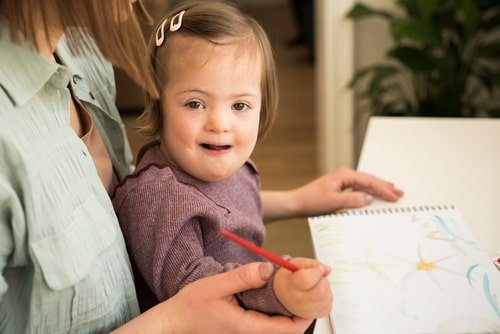
Having an abundance of different writing tools and paper in an easy-to-reach place will enrich the children’s writing and drawing experiences.
Writing tools could vary from regular pencils, colored pencils, markers, crayons, chalk, sand or limestones, brushes to finger paint.
The paper could be of different colors, sizes, and textures. Tips and ideas to encourage writing at home:
- Send your children little notes in their lunchboxe.s or have a mailbox or a chalkboard at each child’s bedroom door, where messages could be shared. If a child is unable to read, a picture could be added, or read the message yourself to that child.
- To encourage the children to express feelings, have them write the feelings on paper or dictate them to you to write them down. This gives you the opportunity to discuss and acknowledge those feelings. By observing how you write the dictated words, the children will learn the skills related to writing.
- Keeping journals is another way to encourage writing. If needed, you can ask questions that will help children organize the stories. Respond to their questions about letters and spelling, but remember that the purpose is for them to write; don't be overly concerned with misspellings. The aim is to help children find the courage to write by appreciating their efforts.
- Shopping lists could be a great opportunity to enhance writing and develop children’s reading and writing skills. Involve your children in writing the family shopping list as well as the personal ones. Newspaper ads and offers will build the children’s reading and writing skills.
- Preparing a personal dictionary will be an enjoyable activity, where any new word learnt is added to the dictionary. The child can go back to the dictionary with the words anytime there is a need.
Areas of development: Social-emotional, language, literacy, gross-motor, and fine-motor skills.
Reading activities
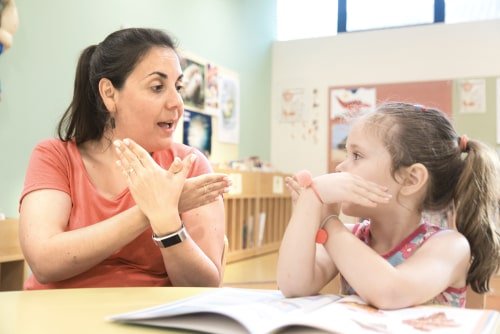
Tips and ideas to encourage a child’s reading skills
- Label items around the house to help children recognize words by sight.
- Look at newspapers and magazines with your children. Find an interesting subject/picture, share it with them, and read the caption aloud. Newspapers are also a form of daily communication with the outside world and provide lots of learning activities.
- If a child is experiencing difficulties in reading, your understanding and encouragement are essential in avoiding frustration. It's important to read to that child to build appreciation towards books. It is equally important to pair-read with the child until confidence is gained, and then individual reading is proposed if the child is confident enough.
- Create a cookbook with your child’s favorite food recipes. Refer to that cookbook and encourage the child to help you follow the recipe by reading through the steps.
Areas of development: Social-emotional, language, literacy, gross-motor, and fine-motor skills.


